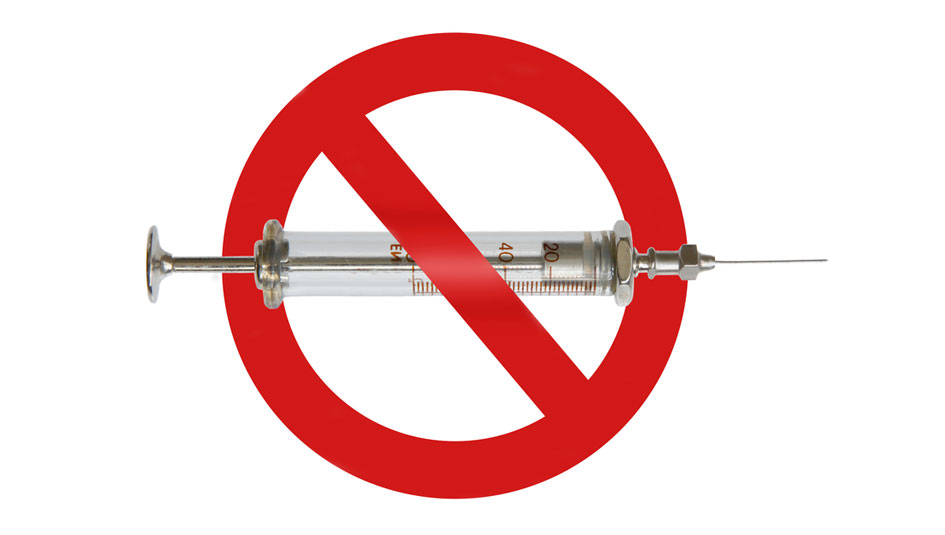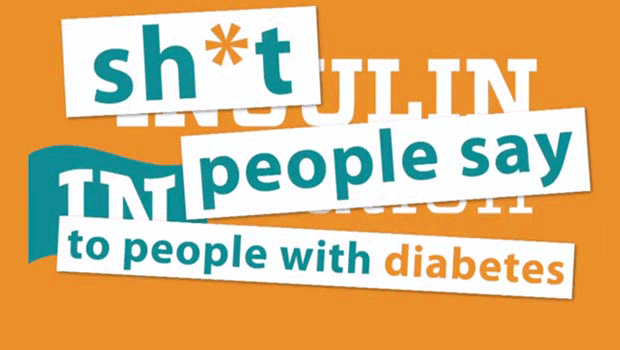The 7 Best Ways to Publicize Your Diabetes Event

During Diabetes Awareness Month, there are many events and fundraisers about Type 1 diabetes vying for attention from the news media. Unfortunately, many worthy stories don’t get the coverage they deserve each year because of an error in publicity strategy. Maybe the press release comes to an editor’s attention too late, or maybe a publicity email doesn’t grab an editor’s attention.
Most every news editor I know is working with limited resources and has to make hard choices of what to cover. With this in mind, I’ve made a list of seven ways you can help an editor take a second look at an email about your event or product:
1. Send your first email at least a month in advance. I receive many emails about World Diabetes Day events just a few days before the big day itself. Many publications, especially the smaller ones, plan their editorial calendars weeks or months in advance. Even if you don’t have everything planned out for your event, you can still send a preliminary email with what you do know and include a link for more information.
2. Send polite follow-up emails. Although I try to juggle many different story ideas at once, I always drop a few balls along the way. As long as you don’t expect an editor to respond, it isn’t rude to send two or three more emails in the weeks leading up to an event.
3. Don’t shoehorn your subject into an existing event. No, Diabetes Awareness Month is not a reason I need to write about the product you want to sell. If you want to drum up publicity for a business venture, just say so; don’t mask it in altruism.
4. Less is more. I will often spend less than 10 seconds skimming an introductory email. Make my job easier by putting your main point towards the top and keep the email short.
5. Take “no” gracefully. There may be many reasons a suggested story doesn’t get covered. If you make a good impression, however, it’s more likely an editor will give your event or product a second look in future emails.
6. Be ready to assist. If an editor wants to write about a subject you suggest, do what you can to be available to provide for whatever she or he needs. Editors wake up at night in a cold sweat about deadlines; whatever you can do to keep things rolling will be appreciated.
7. Choose your battles. Editors want to get things right, but accidents happen. If there is a factual error or a point taken way out of context, politely point it out and ask that it be fixed. However, if you wish things could be worded differently to put your organization in a more flattering light, it might be best to just let it go until the next story. An editor might avoid doing a follow-up story if you’re too forceful in trying to get the most positive news coverage for your organization.
I hope this peek behind the curtain helps you get the word out!
Thanks for reading this Insulin Nation article. Want more Type 1 news? Subscribe here.
Have Type 2 diabetes or know someone who does? Try Type2Nation.







